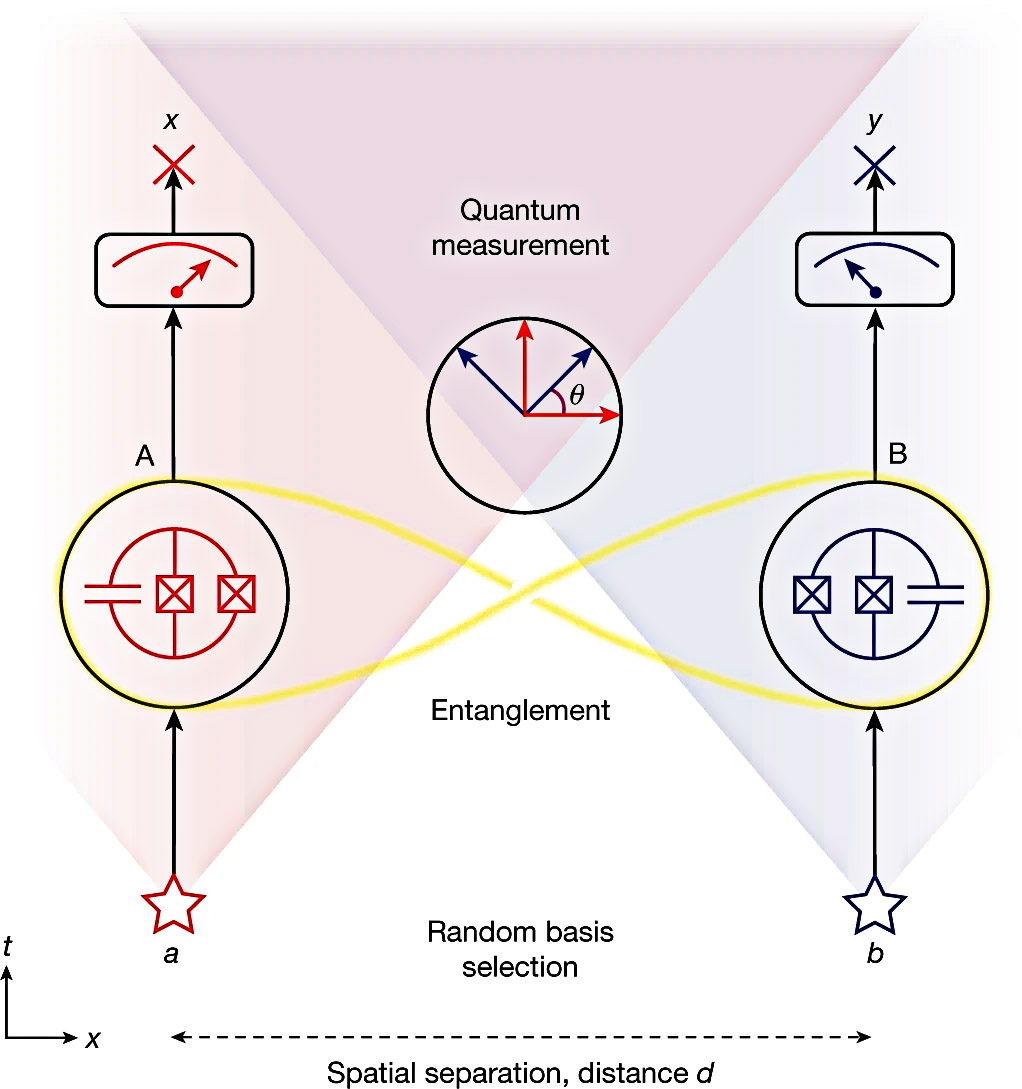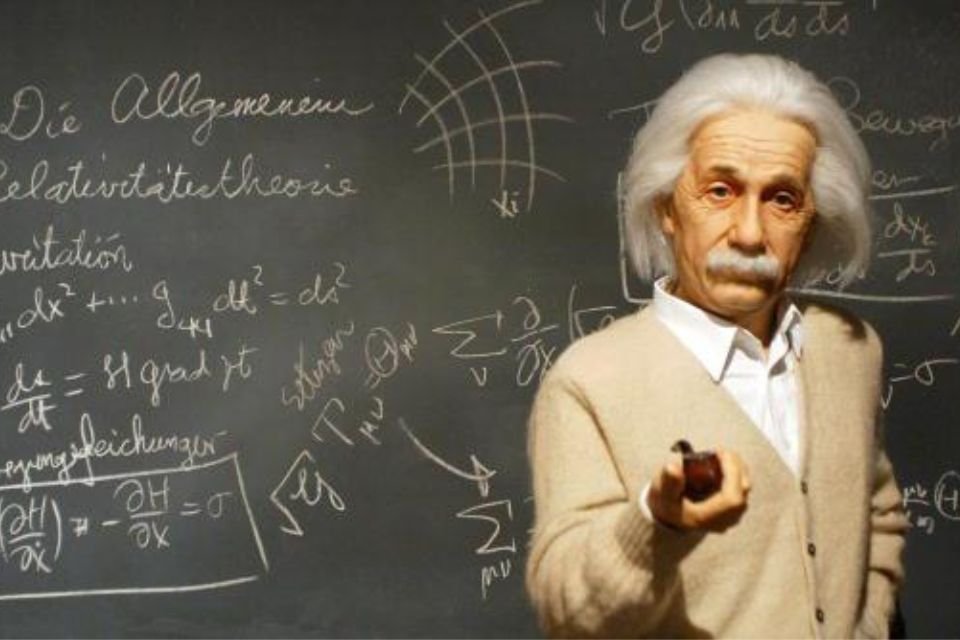A recent experiment led by researchers at the Department of Physics at ETH Zurich University in Switzerland used a pair of qubits (quantum bits) to empirically test the validity of Einstein’s deterministic view of quantum mechanics. He argued for the existence of “hidden variables” in the mechanical wave model..
call “Bell inequality”, the experiment is not unique, but it is the first to separate qubits with enough distance that light cannot travel between particles. The goal was to prove that quantum mechanics violates so-called local realism (pseudo-hidden variables) by allowing two objects to behave as a single system regardless of the distance between them.
To prove their hypothesis, the researchers cooled a 30-meter aluminum wire to several milliKelvin degrees (0.001 Kelvin, equivalent to 1º Celsius). According to the study, the experiment was able to provide a new type of precision for this measurement, as qubits are easy to control.
Was Albert Einstein wrong?
Albert Einstein never underestimated quantum mechanics because he realized that our understanding of it was incomplete. The problem of quantum entanglement bothered him particularly. that one particle can be affected by another, even remotely.
Existing research measurements have been made to eliminate all possible uncertainties of a Bell test. in less time than the light travels from one end of the tube to the other.which indicates that no information is exchanged between the ends.
Using microwave photons to create entanglement, the researchers were able to take 110 nanoseconds for the light to travel through the entire tube, but measurements were made. in less than a few nanoseconds.
What are the practical applications of this research?

It is a mathematical inequality suggested by the Bell test that when broken, it shows the validity of the theory of quantum mechanics..
The Zurich experiment not only successfully performed the Bell test, but at longer distances than before. He also used superconducting circuits, which promised to be the basis for the development of quantum computers.
For physicist Simon Storz of ETH Zurich, first author of the paper, “With our approach, we can prove it much more efficiently than is possible in other configurations experimental, that the Bell inequality is violated. This makes the experiment interesting for some practical applications, such as the secure encrypted communication domain.
Source: Tec Mundo
I’m Blaine Morgan, an experienced journalist and writer with over 8 years of experience in the tech industry. My expertise lies in writing about technology news and trends, covering everything from cutting-edge gadgets to emerging software developments. I’ve written for several leading publications including Gadget Onus where I am an author.












